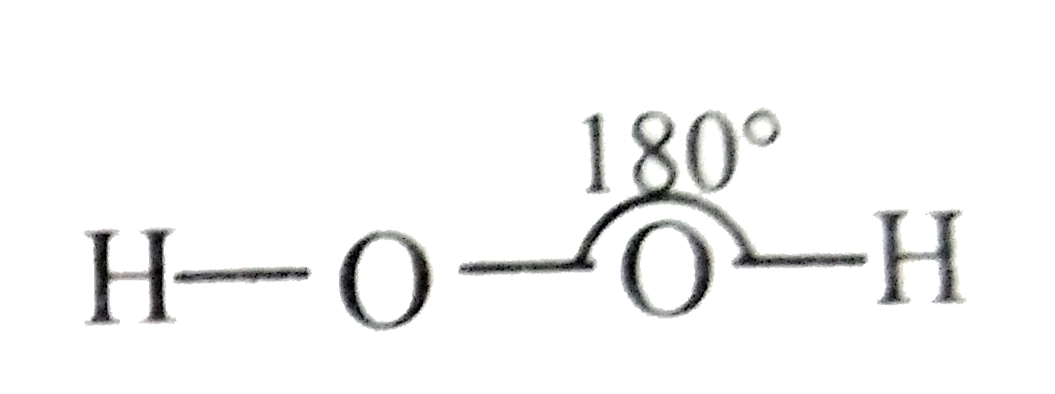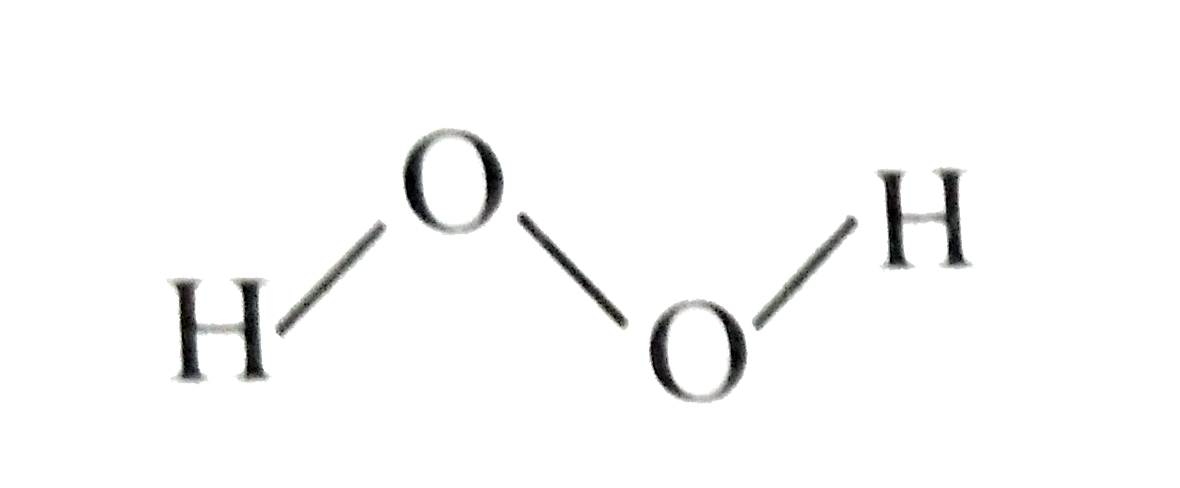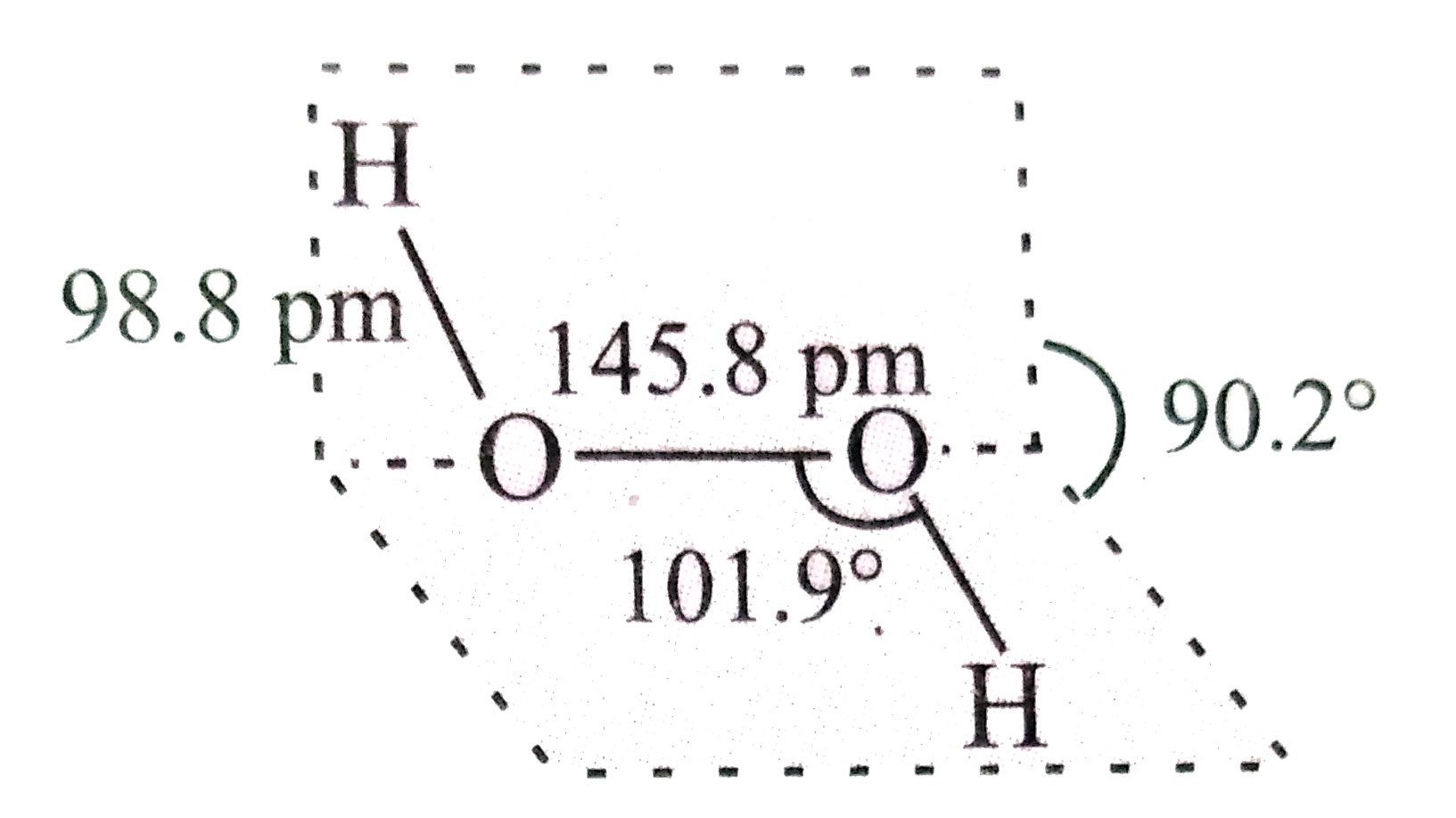Which structure of lungs is directly involved in O2/CO2 exchange between air and blood capillaries?
Bronchi
Trechea
Alveoli
Secondary bronchi
The correct Answer is:C
To determine which structure of the lungs is directly involved in the exchange of oxygen (O₂) and carbon dioxide (CO₂) between air and blood capillaries, we can follow these steps:
1. Identify the Structures of the Respiratory System:
- The main structures involved in the respiratory system include the trachea, bronchi, bronchioles, and alveoli.
2. Understand the Function of Each Structure:
- Trachea: The windpipe that conducts air to the bronchi but is not involved in gas exchange.
- Bronchi: The main passageways that branch from the trachea into the lungs, also not directly involved in gas exchange.
- Bronchioles: Smaller branches of the bronchi that lead to the alveoli, but still not the primary site for gas exchange.
- Alveoli: Tiny air sacs located at the end of the bronchioles where gas exchange occurs.
3. Focus on Gas Exchange:
- Gas exchange refers to the process where oxygen from the air is transferred to the blood, and carbon dioxide from the blood is released into the air. This process occurs in the alveoli.
4. Analyze the Structure of Alveoli:
- Alveoli are made up of simple squamous epithelium, which consists of very thin and flattened cells. This thin structure allows for efficient diffusion of gases.
- Alveoli are surrounded by capillaries, facilitating the exchange of gases between the air in the alveoli and the blood in the capillaries.
5. Conclude:
- Based on the above analysis, the structure of the lungs that is directly involved in the exchange of O₂ and CO₂ between air and blood capillaries is the alveoli.
Final Answer:
The structure of the lungs directly involved in O₂/CO₂ exchange between air and blood capillaries is alveoli.
---
- The main structures involved in the respiratory system include the trachea, bronchi, bronchioles, and alveoli.
- Trachea: The windpipe that conducts air to the bronchi but is not involved in gas exchange.
- Bronchi: The main passageways that branch from the trachea into the lungs, also not directly involved in gas exchange.
- Bronchioles: Smaller branches of the bronchi that lead to the alveoli, but still not the primary site for gas exchange.
- Alveoli: Tiny air sacs located at the end of the bronchioles where gas exchange occurs.
- Gas exchange refers to the process where oxygen from the air is transferred to the blood, and carbon dioxide from the blood is released into the air. This process occurs in the alveoli.
- Alveoli are made up of simple squamous epithelium, which consists of very thin and flattened cells. This thin structure allows for efficient diffusion of gases.
- Alveoli are surrounded by capillaries, facilitating the exchange of gases between the air in the alveoli and the blood in the capillaries.
- Based on the above analysis, the structure of the lungs that is directly involved in the exchange of O₂ and CO₂ between air and blood capillaries is the alveoli.
The structure of the lungs directly involved in O₂/CO₂ exchange between air and blood capillaries is alveoli.
Similar Questions
Knowledge Check
Which of the following is a true structure of H2O2 in solid phase?
A B
B C
C D
D
How are gases like O2andCO2 exchanged in our body ?
View Solutionwhich of the following is an incorrect statement regarding exchange of gases between alveoli and blood?
View SolutionEnzyme involved in CO2 transport in blood is
View SolutionWhich structure in human respiratory system is
involved in conditioning of air?
View SolutionGiven statement is true or false
Statement: Actual site of diffusion of O2andCO2 between blood and atmospheric air is exchange part.
View SolutionWhich of the following is a true structure of H2O2 ?
View SolutionWhich of the following is a true structure of H2O2?
View Solution
